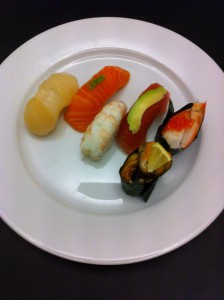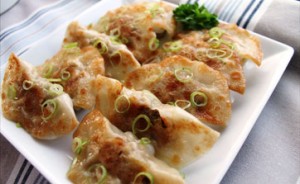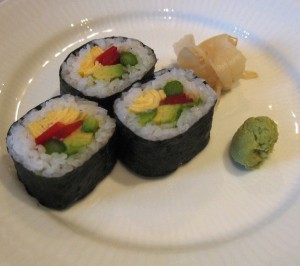
Like so many others, the Japanese live a busy life. They work 10-15 hours a day. They often eat food on the way home from work or they buy take-away food on the road.
In Japan, sushi rolls are often ordered as take-away food on the way home from work. In Japan, you can buy sushi rolls in several different sizes.
Japanese sushi rolls taste different than those that can be bought in Europe. Local Japanese ingredients are used to make sushi rolls.
When making sushi rolls in Japan, no topping or mayonnaise is used, the Japanese customers prefer the taste of fresh ingredients.
In the Sushi course for beginners, you learn step by step how to make tasty sushi rolls, as they are made at sushi restaurants in Tokyo.
_
Zoë has lectured and held sushi courses for A. P. Moller – Maersk, Hugo Boss Nordic, Novo Nordisk, Novartis, Velux, Gorrissen Federspiel, Beierholm revision, Elbek & Vejrup and many more.






